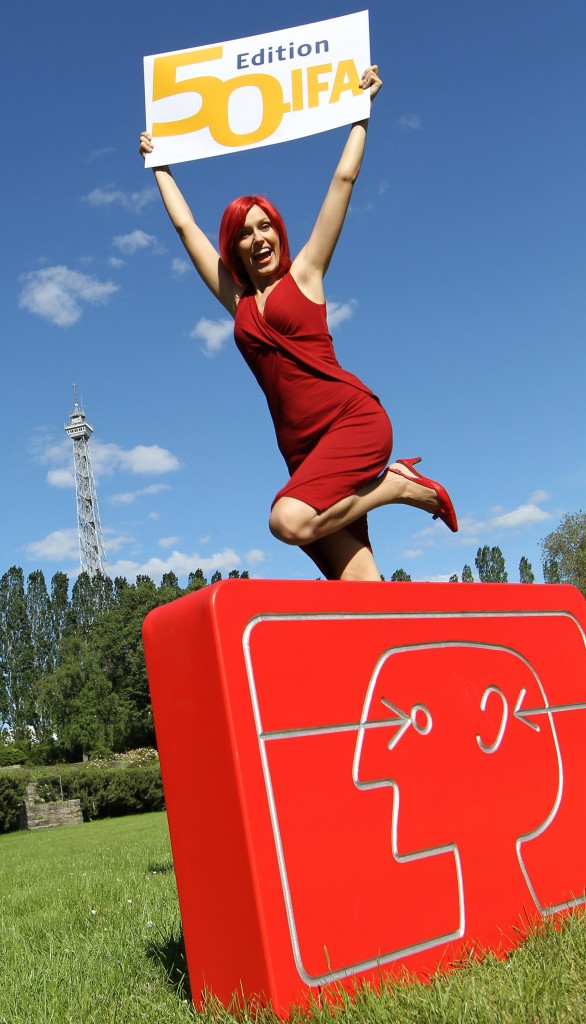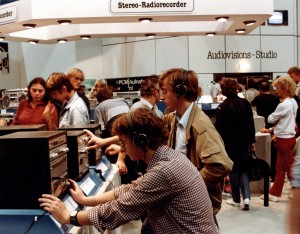Originally posted 9 September 2009, Reposted Tuesday 20 October 2009 in conjunction with the official press release
From The Horse’s Mouth
Official press release from the UPnP Forum – PDF
In the media and blogosphere
UPnP celebrates 10 years of existence | eHomeUpgrade
No need to configure the router every time you want to play a PC-based or console-based online game or use Skype and Windows Live Messenger (MSN Messenger).
You can navigate music, pictures or video held on a computer or network-attached storage device from a network media player device like an Internet radio with the same ease as navigating music on an MP3 player or using the computer’s media-management software.
How has this been brought about? It has been brought about with UPnP, which is a standard for controlling and monitoring devices over an IP-based network. The standard, which is held together by the UPnP Forum, is about a known device network architecture and known device classes that are determined for particular device types.
Microsoft had been one of the founding companies for this standard but the Open-Source software movement had welcomed it with open arms and developed many endpoint programs based on this standard. The only company that has not welcomed UPnP as a technology is Apple who still prefer to keep everything within their own fences.
Now the UPnP Forum are celebrating their 10th anniversary this year. The celebrations were part of their regular Steering Committee meeting at Microsoft’s head office in Redmond, USA.
Achievements – from personal Web research
The UPnP Device Architecture specification has now been taken to Version 2, which allows a device to service 2 networks and prepares UPnP for IPv6 networks. The AV specifications have been taken to version 3 for the MediaServer device so that a UPnP AV-based home media network can support broadcast recording whether immediately or on a scheduled basis, handling of premium content using digital rights management techniques, as well as support for “follow-me” functionality. It has then made the specifications more relevant to TV-based devices like digital TVs and set-top boxes / PVRs.
Most standards concerning the design of consumer network-Internet “edge” devices such as routers like CableHome 1.1, DSLHome TR064 / TR068 and Home Gateway Initiative include UPnP Internet Gateway Device as part of the mandatory set of specifications for these devices. As well, more Internet-based programs like BitTorrent clients, games and instant-messaging / VoIP programs are designed to take advantage of the UPnP Internet Gateway Device standard by being “self-configuring” at the edge. This is infact one of the primary reasons that whenever I buy or specify a router for someone’s home network, I make sure that it does properly support the UPnP Internet Gateway Device specification.
The two main games consoles that just about every teenage boy or young man has or wants to have – the Microsoft XBox360 and the Sony PlayStation 3 – both have inherent support for UPnP-based home networking. This is with automated port-forwarding for online games and now support for media playback from UPnP AV / DLNA media servers.
This leads me to the fact that the Digital Living Network Alliance have pushed forward the UPnP AV specifications and encouraged the development of server, playback and control devices based on these specifications. This development has been supported by the devices having the DLNA branding which will help consumers purchase the right products.
These situations have also been augmented with Windows XP and Vista having integrated UPnP functionality “out of the box”. Even Windows Media Player had the support for UPnP AV sharing “out of the box” since version 10. Windows 7 has taken this concept by working as a UPnP AV Media Control Point “out of the box” with functions like “Play To”.
Some standards have been achieved for the building control and security sector, mainly in the form of lighting and HVAC control, control of powered blinds and setup of network CCTV cameras. Further development will be likely to happen with the impetus of the smart-grid concept and the desire for energy efficiency and environment consciousness. This will be assisted if these standards are part of a known platform used for these applications.
Common standards have also been achieved for managing quality of service, device security and power management by define Device Classes for the applications. These can allow the creation of an application-level functionality for these particular functions.
All in all, the UPnP concept has come a long way since 1999 but there still need to be a lot more work to do to make it pervasive.
Celebrations – from communication with Toby Nixon
People that had established the UPnP Forum such as Karen Stash (original UIC President), Jawad Khaki (original executive sponsor from Microsoft) and Salim AbiEzzi (original UPnP Steering Committee chair) appeared for the celebrations.
Six people had received “Outstanding Contributor Award” – Shivaun Albright of Hewlett-Packard (Chair of Imaging Working Committee & Architecture Committee), John Ritchie of Intel (long time chair of AV Working Committee & Technical Committee),Hans-Joachim Langels of Siemens (co-chair of Home Automation & Security Working Committee), Tom McGee of Philips (second president of UIC), Karen Stash of Microsoft and Toby Nixon of Microsoft. They also gave recognition to Karen Reff of VTM who has left that company in September 2007 and moved on.
As part of the dinner party, they also viewed a slide show of images from past UPnP events and a presentation on the history of the UPnP Forum and various key milestones associated with the technology.
There will be more information “from the horse’s mouth” when the UPnP Forum run the official press release on October 18 which is the actual 10th anniversary date.




